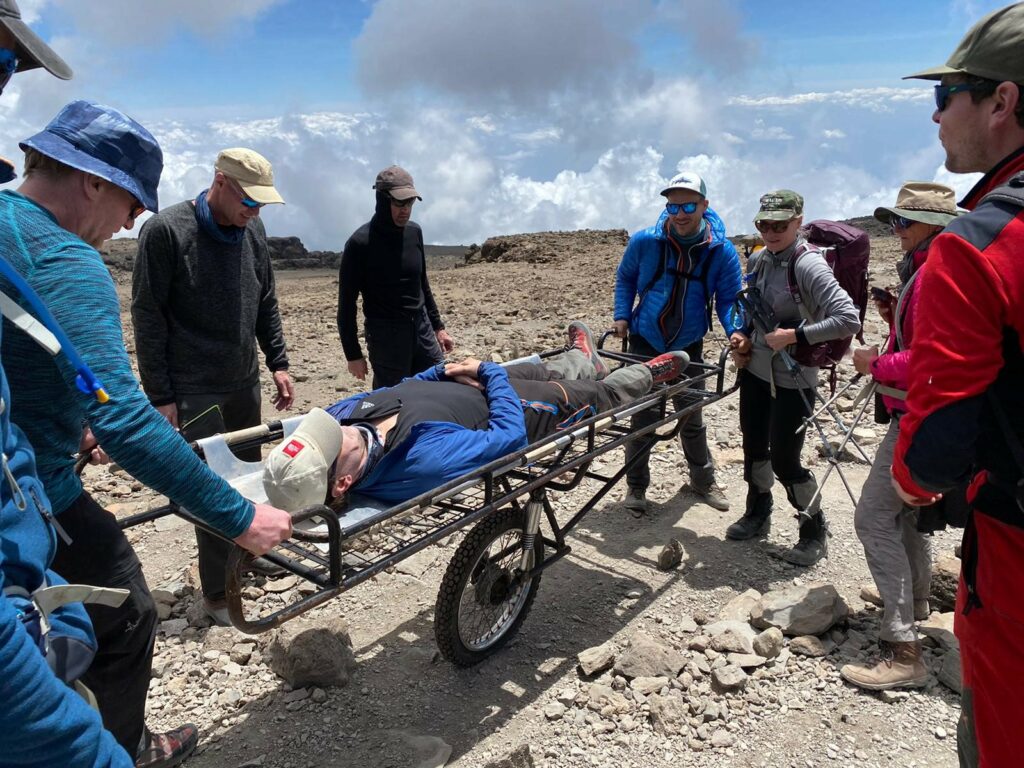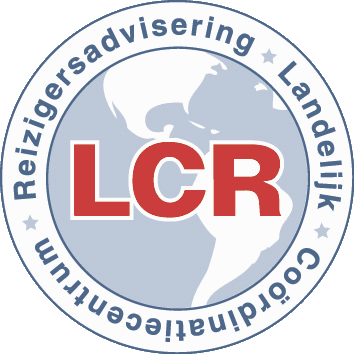During a recent lecture, a helicopter emergency medical service (HEMS) physician emphasized the importance of including tranexamic acid (TXA) in every wilderness medicine kit. In this updated article, we will delve into the what, why, who, and how of utilizing TXA in a remote environment.
Key points:
– TXA prevents the breakdown of blood clots
– Prehospital trauma patients at risk for major bleeding may benefit from early administration
– Specifically in a low-resource setting
– Administer 1 g IV bolus ASAP, followed by 1 g IV drip over 8 hours

What is TXA?
Tranexamic acid (TXA) is a drug that has gained recognition for its life-saving potential in various medical scenarios. Originally developed to control bleeding in surgical settings, TXA has proven to be effective in emergency medicine as well. Its mechanism of action involves preventing the breakdown of blood clots (inhibits plasmin formation and fibrinolysis), and consequently minimizing excessive bleeding.

Why should you include it in the wilderness medicine kit?
The rationale is simple: when facing the challenges of a remote environment, the risk of trauma and severe bleeding becomes more prominent. Significant blood loss, which, if left unaddressed, may lead to life-threatening complications, especially in the absence of fluids or transfusions. By carrying TXA, you can increase the chances of stabilizing a patient’s hemodynamics while awaiting evacuation or accessing advanced medical care.
TXA: A Game-Changer?
TXA has proven a foundational element of Damage Control Resuscitation. Particularly in low-resource environments with logistic hurdles for proper resuscitation.[1] When you talk about TXA in trauma, you talk about several landmark studies, including CRASH-2, CRASH-3, MATTERs, and the recently published PATCH trial.
CRASH-2, a multicenter double-blinded randomized controlled trial conducted in 40 countries with over 20,000 adult trauma patients, was a pivotal study exploring the effects of TXA administration on mortality, vascular occlusive events (a potential concern), and blood transfusion in patients experiencing significant hemorrhage. Patients were randomly assigned to receive early administration of TXA (1g bolus + 1g infusion/8hrs) or a matching placebo. The study demonstrated a significant reduction in all-cause mortality in the TXA group (14.5%) compared to the placebo group (16.0%). Moreover, there was a similar reduction in the risk of death due to bleeding (4.9% vs. 5.7%). Vascular occlusive events and the amount of blood transfusions did not differ significantly between the two groups. [2]
Building on the success of CRASH-2, the CRASH-3 study (12,737 patients) adopted a similar design and confirmed the survival benefits of early TXA administration (<3 hours) in patients with mild to moderate traumatic brain injury and/or intracranial bleeding. [3]
In a military setting, the MATTERs study, a retrospective observational study involving approximately 900 patients receiving at least 1 unit of packed red blood cells, further supported the use of TXA. The study, conducted in a Role 3 surgical hospital in southern Afghanistan, demonstrated a lower mortality rate in the TXA group (17.4% vs. 23.9%). This effect was particularly pronounced in the massive transfusion group, and no association with thromboembolic events was found. [4]
The STAAMP trial, also noteworthy, investigated the administration of TXA during air and ground medical prehospital transport. The results indicated no significant reduction in 30-day mortality, but the use was considered safe and associated with survival benefits in specific subgroups of patients. [5]
Recently published, the PATCH-trauma trial replicated the CRASH-2 trial design with a similar dosing scheme in advanced trauma systems (Australia, New Zealand, and Germany). Patients receiving TXA did not show a favorable functional outcome at 6 months compared to the placebo group, however, early mortality decreased with TXA administration. Vascular occlusive events did not differ between the groups. [6] Taken together, these studies highlight that TXA may be especially useful in a low-resource setting.

Indication
– Bleeding (prehospital) trauma patients
– Those at risk of significant bleeding
– Consider in traumatic brain injury patients (off-label)
– Do not administer for spontaneous intracranial hemorrhage or GI-bleeding
Administration and Adverse Events
– Give ASAP, no later than 3 hours after the initial event
– 1 g bolus IV over 10 min, 1 g IV drip in 8 hours
– IM or IO administration may be a reasonable alternative in an austere setting [7]
– Adverse events, such as thromboembolic events and seizures, are rare when using recommended doses and indications
In the Kit
– TXA is cheap (€ 4,29 / 500 mg ampoule)
– TXA remains stable (> 12 weeks) at various temperatures (-20°C to 50°C) [8]
– TXA may also be employed for ACE-inhibitor-induced angioedema
Disclaimer:
This information is intended for informational purposes only and does not replace current guidelines or professional standards. The decision to administer TXA should be made by a healthcare professional based on the individual patient’s clinical presentation, risk factors, and specific circumstances. Outdoor Medicine gives no assurance or warranty regarding the accuracy or applicability of the content and the content is not a substitute for professional medical advice or treatment.
References
1. Chang, R., B.J. Eastridge, and J.B. Holcomb, Remote Damage Control Resuscitation in Austere Environments. Wilderness Environ Med, 2017. 28(2S): p. S124-S134.
2. collaborators, C.-t., et al., Effects of tranexamic acid on death, vascular occlusive events, and blood transfusion in trauma patients with significant haemorrhage (CRASH-2): a randomised, placebo-controlled trial. Lancet, 2010. 376(9734): p. 23-32.
3. collaborators, C.-t., Effects of tranexamic acid on death, disability, vascular occlusive events and other morbidities in patients with acute traumatic brain injury (CRASH-3): a randomised, placebo-controlled trial. Lancet, 2019. 394(10210): p. 1713-1723.
4. Morrison, J.J., et al., Military Application of Tranexamic Acid in Trauma Emergency Resuscitation (MATTERs) Study. Arch Surg, 2012. 147(2): p. 113-9.
5. Guyette, F.X., et al., Tranexamic Acid During Prehospital Transport in Patients at Risk for Hemorrhage After Injury: A Double-blind, Placebo-Controlled, Randomized Clinical Trial. JAMA Surg, 2020. 156(1): p. 11-20.
6. PATCH-Trauma Investigators and the ANZICS Clinical Trials Group., Prehospital Tranexamic Acid for Severe Trauma. N Engl J Med, 2023. 389(2): p. 127-136.
7. Grassin-Delyle, S., et al., Pharmacokinetics of intramuscular tranexamic acid in bleeding trauma patients: a clinical trial. Br J Anaesth, 2021. 126(1): p. 201-209.
8. de Guzman, R., et al., Stability of tranexamic acid after 12-week storage at temperatures from -20 degrees c to 50 degrees c. Prehosp Emerg Care, 2013. 17(3): p. 394-400.




